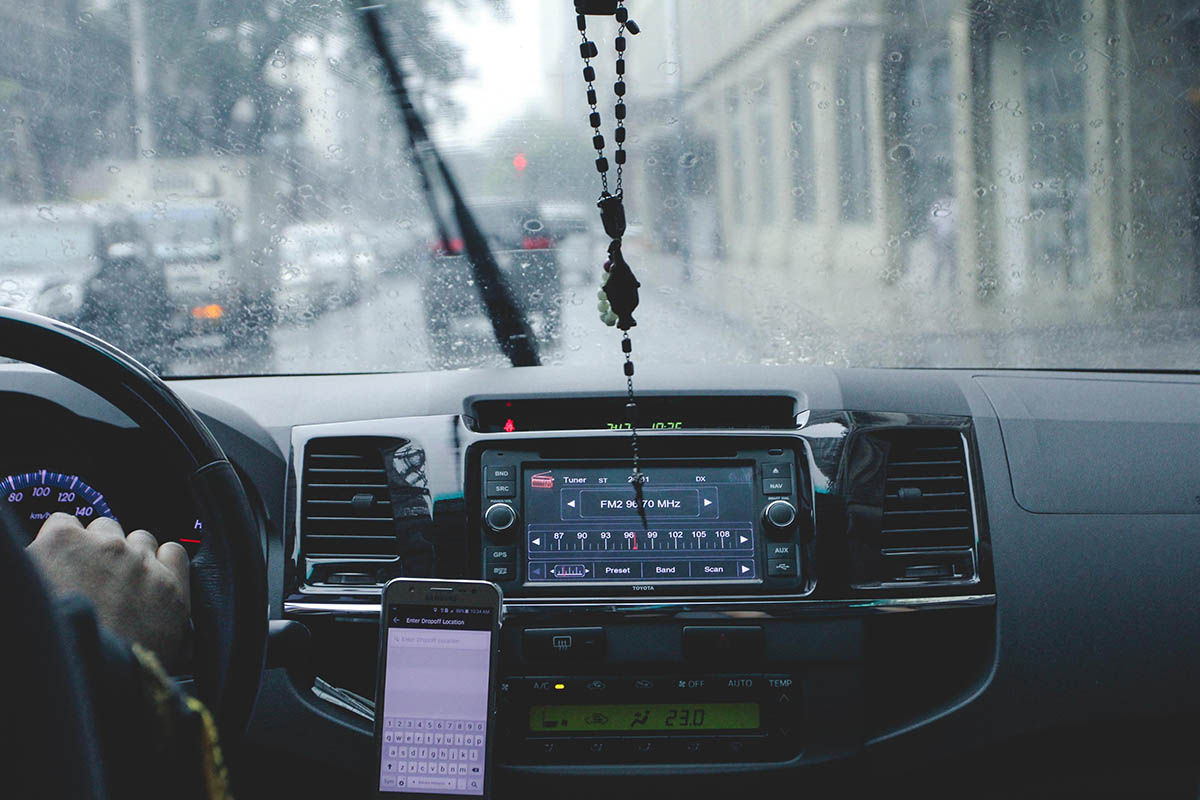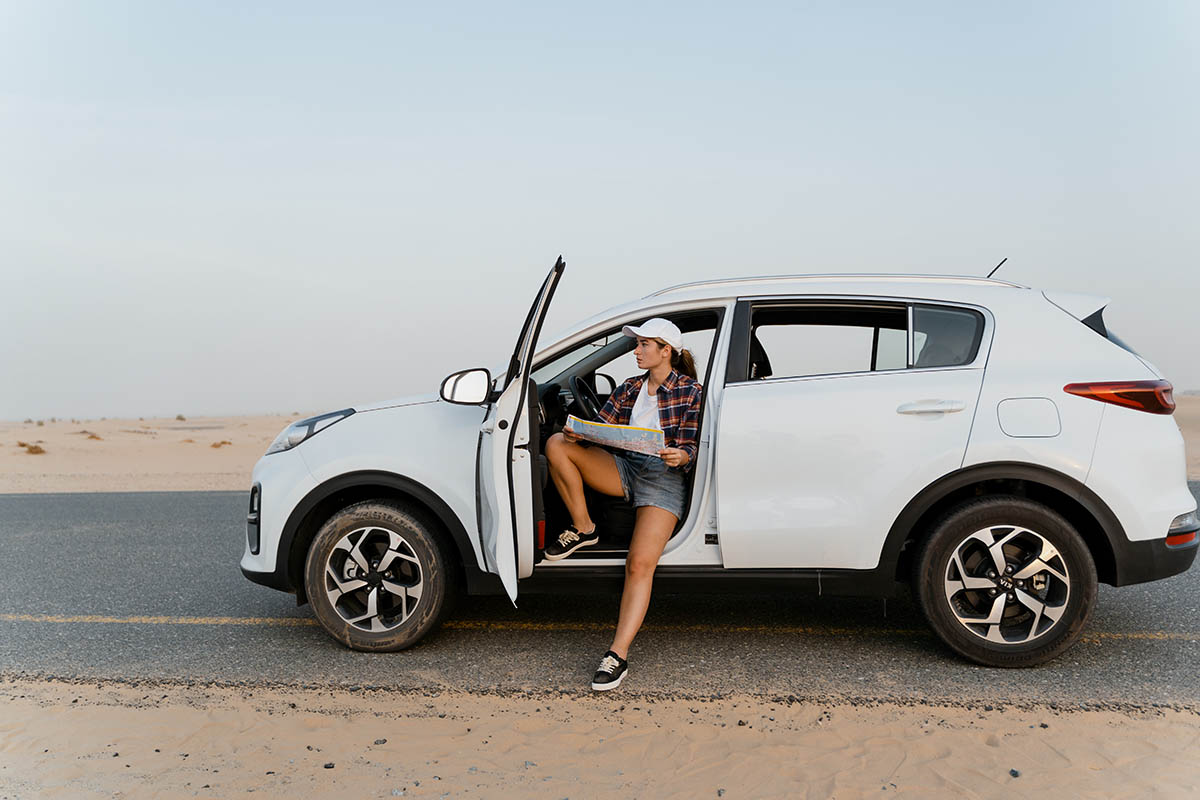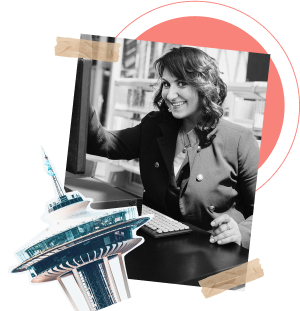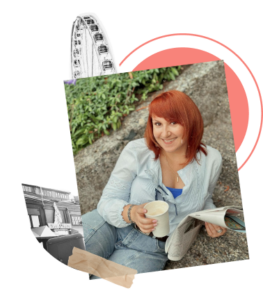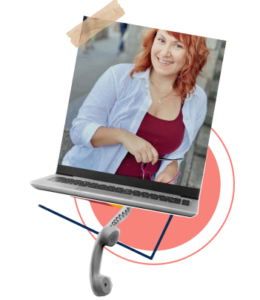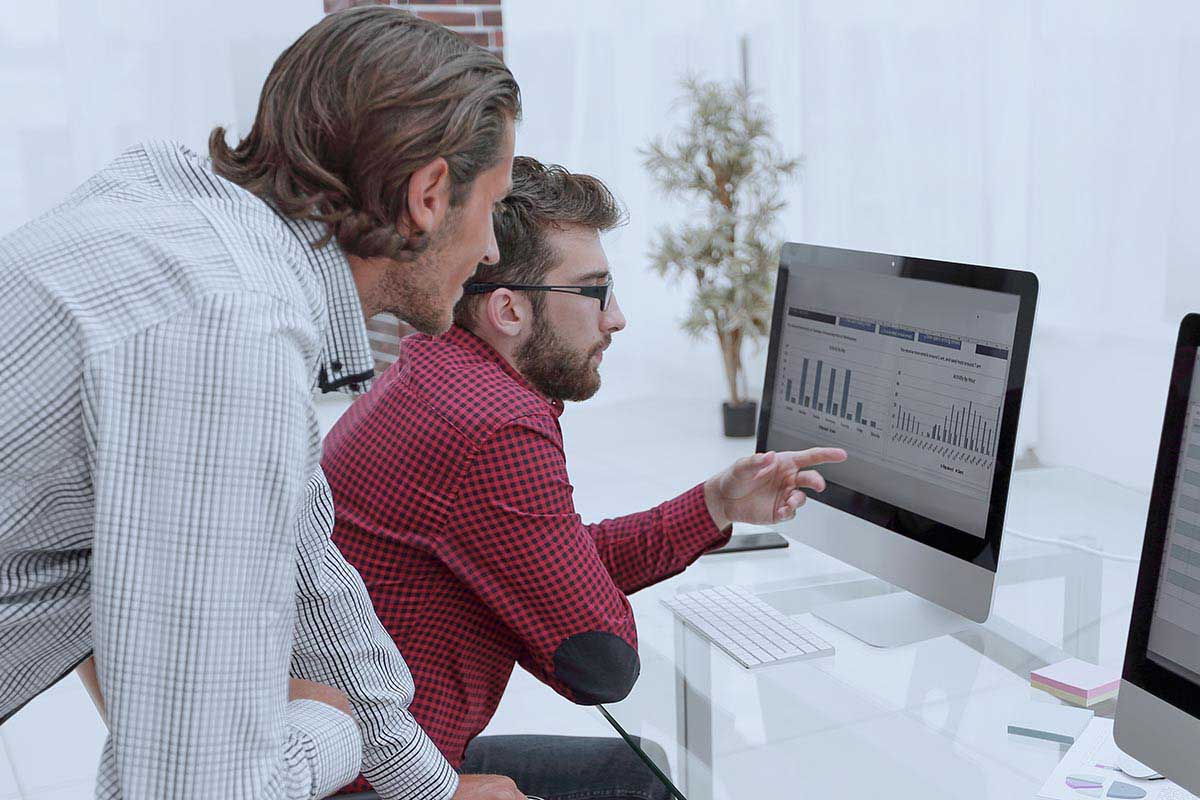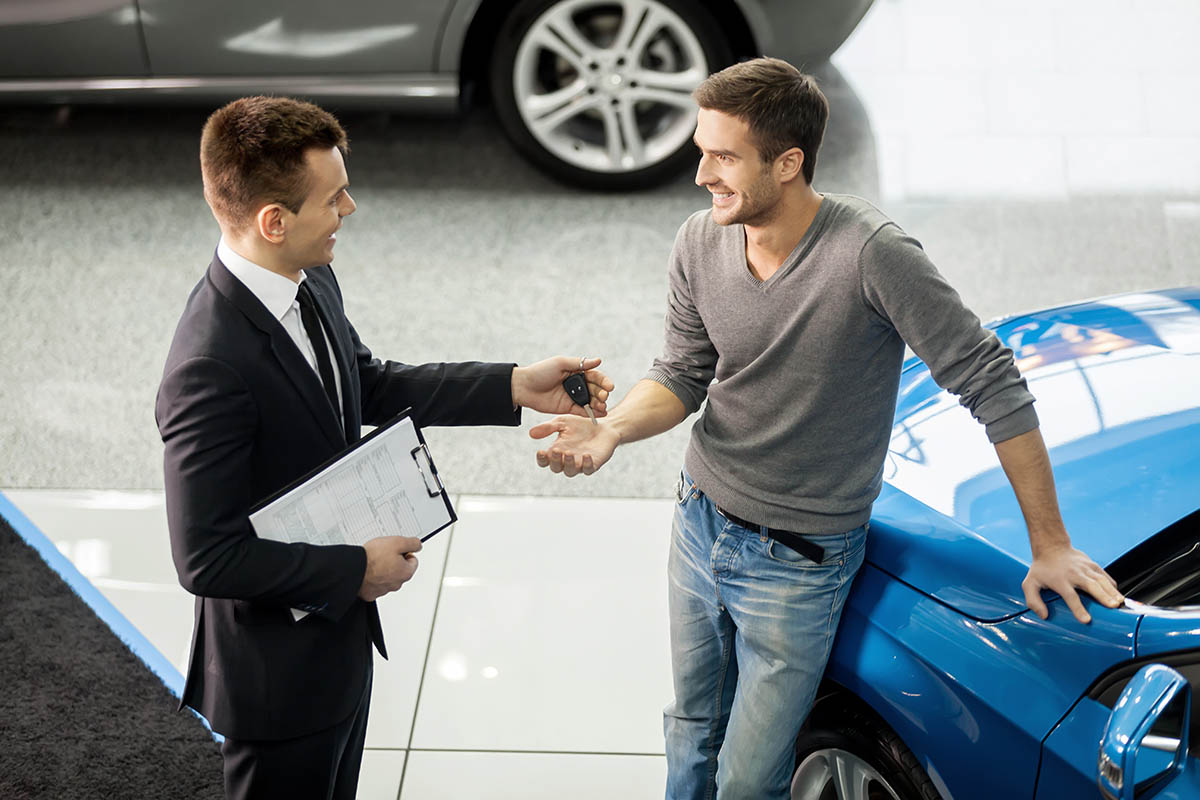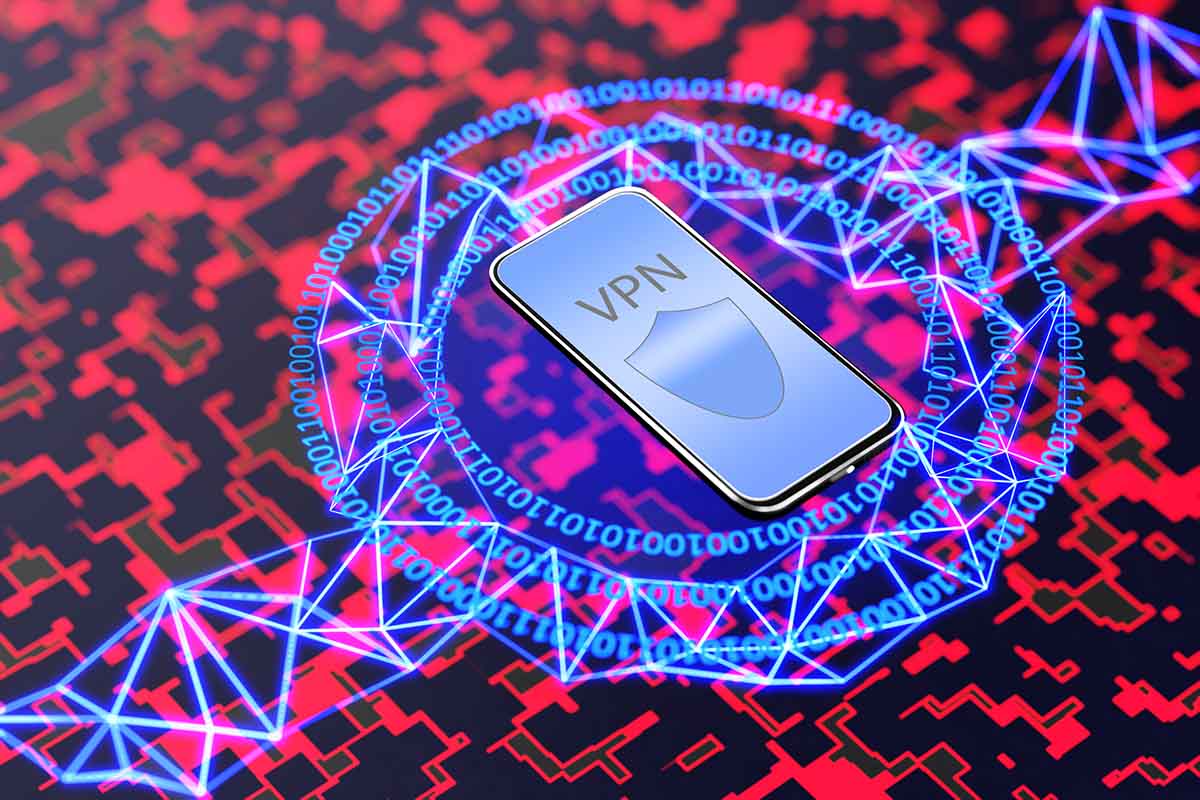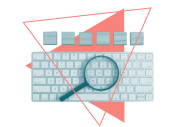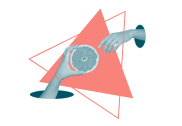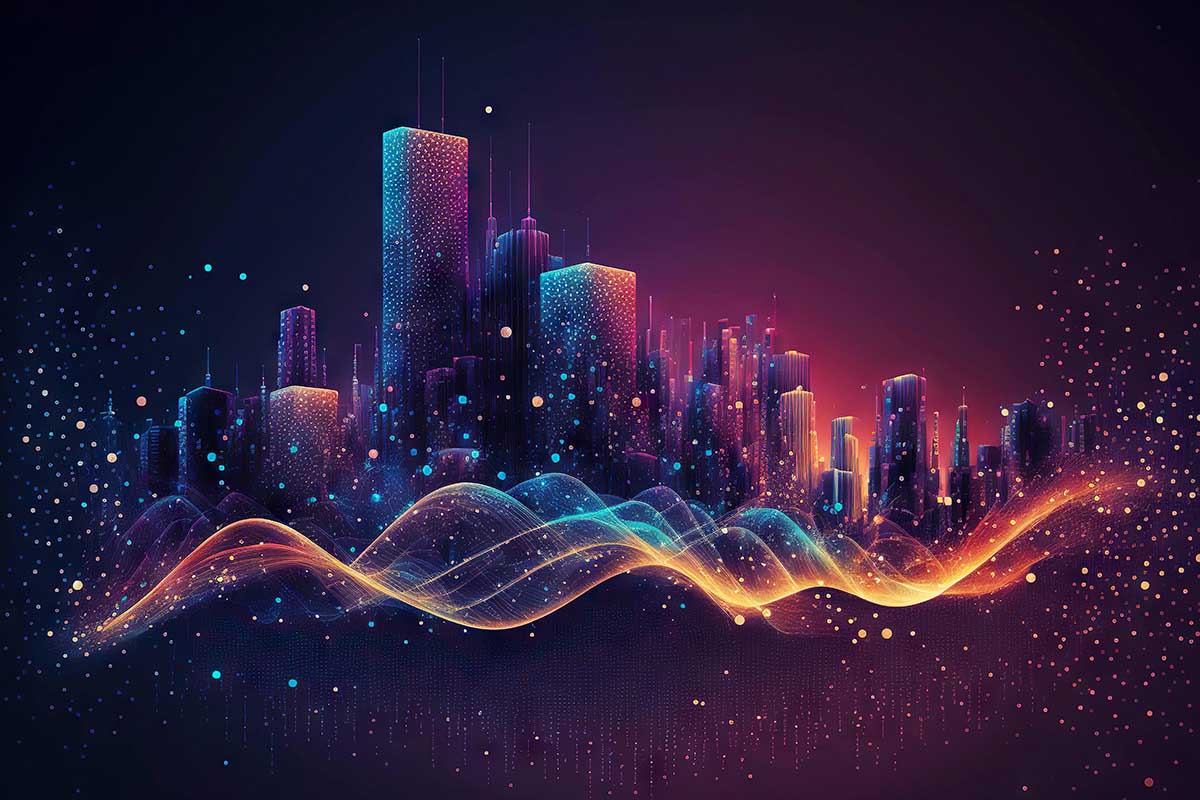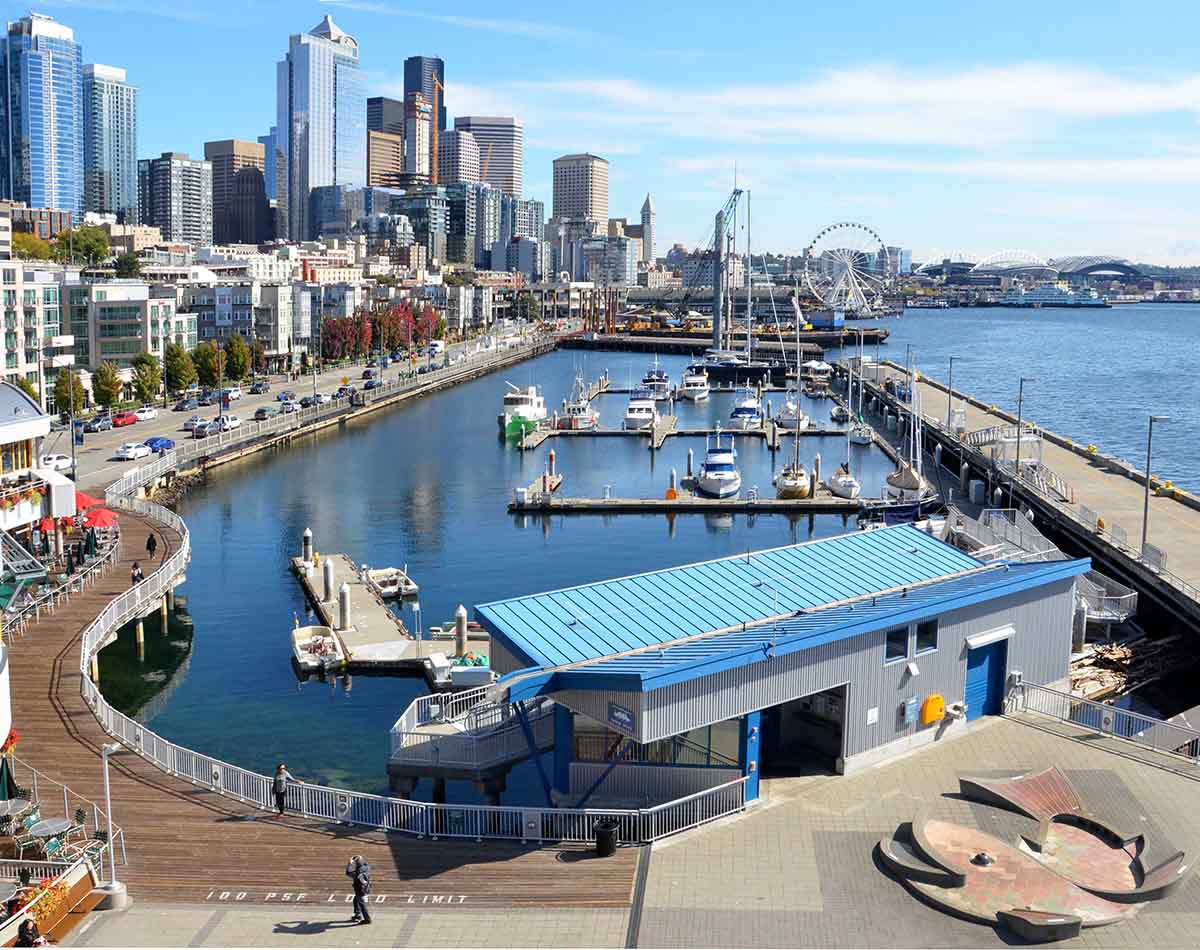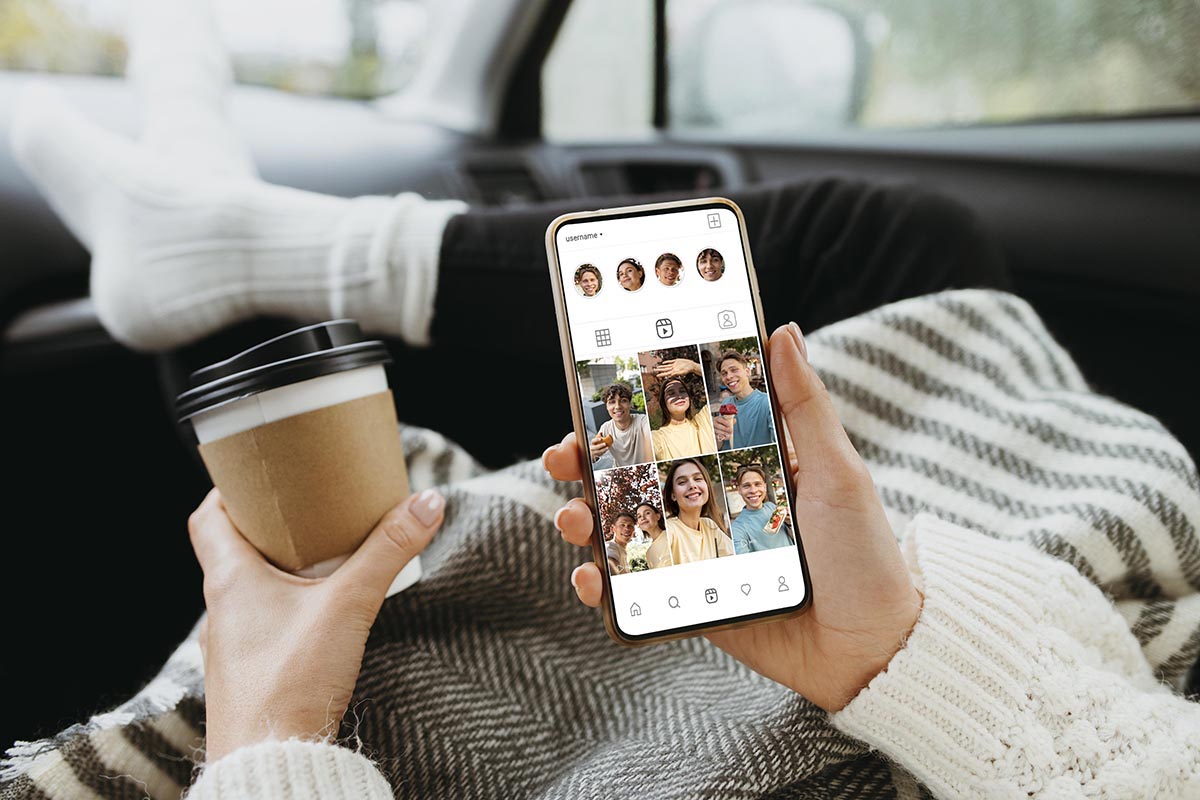Traffic Is Exhausting—But Tech to Reduce Traffic Might Finally Make a Difference
Key Points
Traffic steals time, energy, and peace of mind—tech to reduce traffic is now essential in fast-growing cities where roads can’t keep up.
Tech tools like smart signals and real-time traffic data can actually reduce congestion and improve daily commutes.
Better traffic flow means less stress, cleaner air, and smoother days for drivers, businesses, and entire communities.
Traffic is one of the most common issues that plague our cities and towns each day. Traffic drains us.
It eats up your morning, messes with your mood, makes you late to work, and sometimes just ruins the vibe before the day even begins.
You’re sitting there, inching forward, watching the minutes go by, thinking: I could’ve been halfway through my coffee by now.
And it’s not just us behind the wheel.
Traffic wears everyone down—people who live near busy roads, delivery drivers on deadlines, parents trying to get their kids to school, even the air we breathe takes a hit.
It’s especially rough in fast-growing cities. More people, more cars, more construction… and somehow, less time to get anywhere.
The roads can’t keep up, and neither can we.
But here’s the good news: technology is starting to step in—and in some cases, it’s actually making a difference.
IoT can identify road issues
One way tech to reduce traffic helps is by identifying problem areas and patterns that cause congestion in the first place.
Imagine if your city installed sensors on roads to monitor traffic and identify any potential issues.
You would know, for example, when there was an accident or a road closure or if something needed to be repaired.
The latest technology used in IoT traffic cabinets means that more data can be collected by infrastructure systems, which can help to streamline traffic stops and keep vehicles moving despite what might have happened on the road.
Furthermore, this information could be sent out to drivers in real-time to know what to expect ahead of time and make better travel decisions.
Drivers would also appreciate learning about issues before they happen to plan more effectively.
In addition, the data collected from these sensors could help cities decide how best to prioritize their spending on transportation infrastructure and services like public transportation and carpooling options.
For example, cities could use this data to determine how much money should be invested in new highways or bike lanes.
Provide real-time updates
One way that technology can help is by providing real-time updates to drivers.
This will allow people to know if there are any delays on the route they plan to take, the potential cause of the delay, and how long it will be before it’s fixed.
Positively affecting traffic ensures that everyone has access to information about what’s happening in their area.
With more time to plan, drivers will be able to decide which routes to take or whether they need to delay their departure.
Another benefit of real-time updates is sharing information about your commute with other people so that they can make better decisions for themselves.
If many people do this around the same time and avoid those routes during peak hours, it could significantly impact traffic levels.
Smart traffic systems
Intelligent traffic systems can make a big difference in reducing congestion and traffic.
These systems use sensors to provide real-time traffic information, which can help drivers find the fastest routes to their destinations.
This type of technology is already being used in some cities like New York City, resulting in a 20 percent reduction in congestion.
Monitor pedestrian traffic
Pedestrian counts are important for understanding how people navigate the city and where they tend to use them.
This information is invaluable when developing new roads or keeping existing ones up-to-date.
There are several ways that technology can help monitor pedestrian traffic flow.
This can be useful in placing crossings using equipment from AM Signal.
These counts may be done manually or using sensors on structures like bridges, buildings, and poles.
Smart traffic solutions use sensors to detect movement, providing valuable data on pedestrian volume in real time.
Improve vehicle sharing options
The growing number of people who use public transportation for their commute has caused an increase in the number of vehicles on the road.
However, there are ways to reduce this burden by offering new vehicle-sharing options to community members.
With vehicle-sharing services, communities can reduce the congestion and pollution cars produce while increasing mobility options.
These services allow people to rent or borrow a car when they need one. Car2go is a famous example of such a service, but many others are available.
